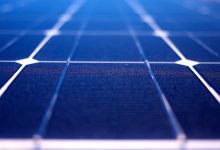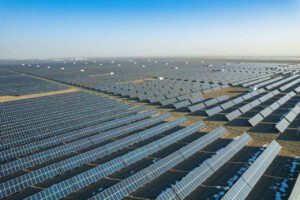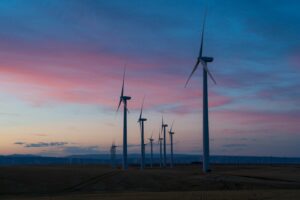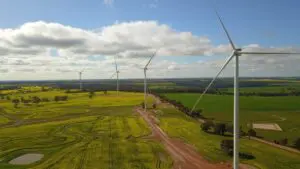Australian scientists have set a new world record for the efficiency for double-sided solar cells that they say could be the key to boosting the energy output of future solar farms.
The milestone has been achieved by researchers at the Australian National University, who used new approaches to using lasers in the processing of solar cells that enabled the new efficiency record to be achieved.
The research team successively achieved a conversion efficiency on the front side of solar cells of 24.3 per cent, as well as a conversion efficiency of 23.4 per cent on the cell’s rear side.
The combined performance of the two sides of the solar cell produced an effective conversion efficiency of around 29 per cent – significantly exceeding the efficiencies achieved by single-sided solar cells.
“This is a world record for selectively laser-doped solar cells and among the highest efficiency bifacial solar cells,” chief investigator Dr Marco Ernst said.
Principal Investigator, Dr Kean Chern Fong from the ANU, said that by producing double-sided solar cells, it was possible to achieve better performance than conventional single-sided solar cells.
By producing solar cells that are able to generate electricity from sunlight hitting both sides of the cell, the researchers say that output from commercial solar farms could be significantly increased by drawing upon available light that would otherwise go unused.
“We have developed what I would call a true bifacial solar cell, as it has nearly symmetrical power generation capacity on both surfaces of the device,” Dr Fong said.
“When deployed on a conventional solar farm, a bifacial cell absorbs direct incoming light, while also taking advantage of ground reflection, which can contribute up to an additional 30 per cent power generation.”
Dr Fong added that there was a growing interest amongst solar farm developers for the ‘bifocal’ solar cells that promise greater electricity production from the same amount of sunlight and covering the same amount of land.
“Bifacial solar cells are becoming increasingly important in the roll-out of solar farms and are expected to have a market share of over 50 per cent in the next five years,” Dr Fong said.
“Our work demonstrates the incredible capabilities of this technology.”
Key to the milestone, the research team said, was the use of laser doping technologies that enabled the fabrication of the highly efficient two-sided solar cells and has the potential for use in the commercial production of solar panels.
“Laser-doping uses lasers to locally increase electrical conductivity,” Dr Ernst added. “It is a low-cost, industry-compatible process for boosting solar cell efficiency.”
The efficiency record has been independently verified by the CSIRO, and the research was undertaken with funding support from both the Australian Renewable Energy Agency (ARENA) and Australian Centre for Advanced Photovoltaics (ACAP).
The latest milestone follows a number of recent achievements by Australian researchers, including researchers at the University of Sydney that used a common dietary supplement to improve the performance of next-generation perovskite solar cells and another Australian National University research team that found ultra-thin materials could be used to control the performance of lightweight and flexible solar cells.










